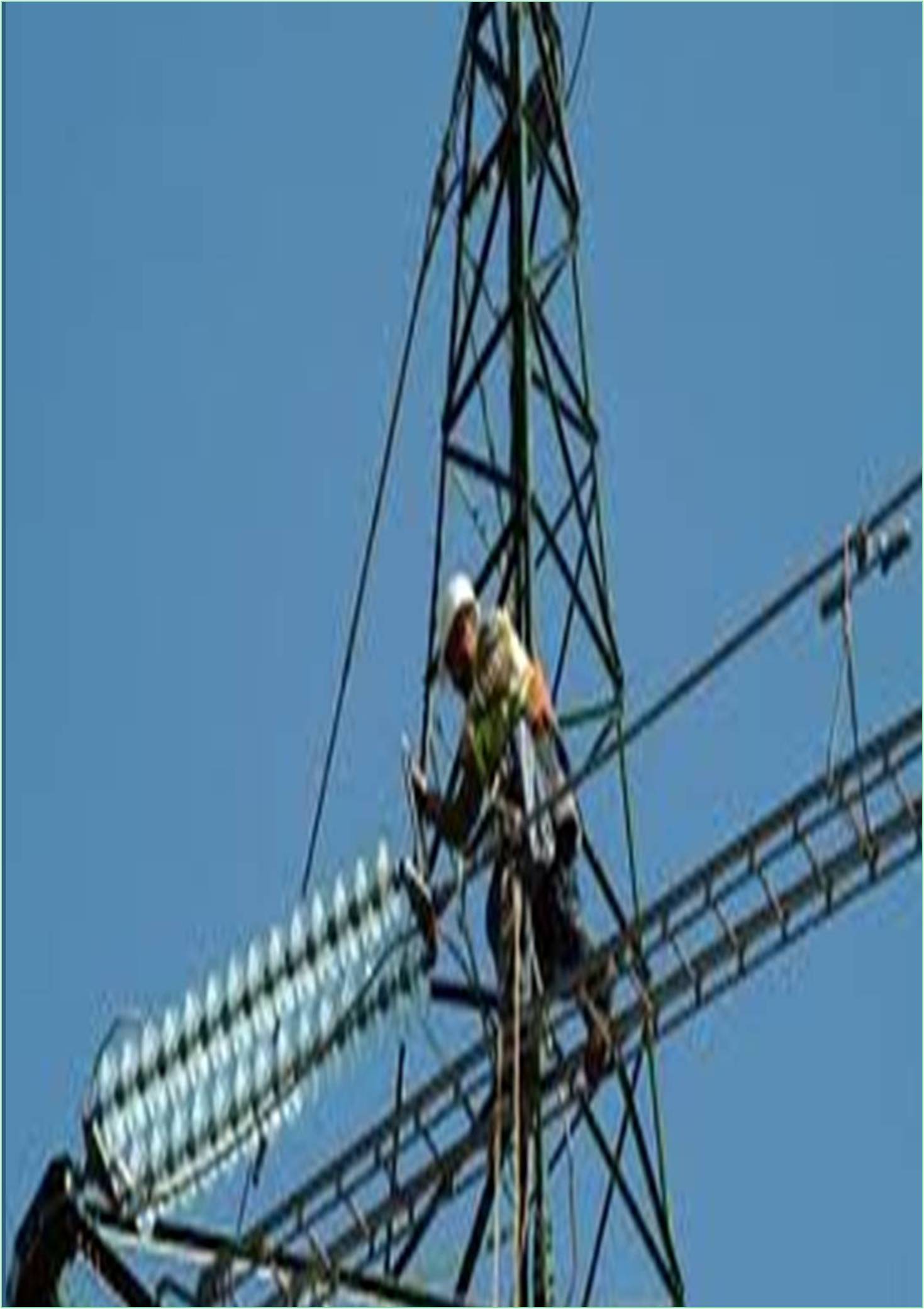



Received: 01-Jul-2022, Manuscript No. GJEEE-22-73960 ; Editor assigned: 04-Jul-2022, Pre QC No. GJEEE-22-73960 (PQ); Reviewed: 21-Jul-2022, QC No. GJEEE-22-73960 ; Revised: 29-Jul-2022, Manuscript No. GJEEE-22-73960 (R); Published: 05-Aug-2022, DOI: 10.15651/GJEEE.22.1.010
The development of soft computing approaches has led to ground-breaking innovations for explaining current power system issues. It offers an urbane method for developing the ELD model. Many different real-world issues are addressed by soft computing techniques in systems with independent and intellectual power. In recent decades, there has been a significant advancement in the use of soft computing techniques for technology. These methods are widely used in a wide range of engineering applications, making them an essential tool ( Fan et al., 2022). Neuron theory of Fuzzy Logic (FL), Genetic Algorithms (GA), swarm optimization, probabilistic reasoning, and evolutionary computing make up the fundamental elements of soft computing. Out of all these strategies, two emerging ones, FL and GA, were used in study to create the ELD model. In contrast to hard computing, soft computing methods use a variety of strategies capable of proving ambiguous, illogical, and indefinite hypotheses (Wainer et al., 2022).
Techniques for soft computing can work with non-linear algorithms. Fuzzy logic aids researchers in describing complex non-linear problems in power systems. GA has evolved over the previous few decades into potentially powerful optimization tools. Utilizing crossover and mutation operators, GA was applied to the power system to solve the problem of economic load dispatch for optimization. The computerized application of a model is called simulation. The most significant concern in the thermal power generation sector has maybe shifted to the optimal, secure, and cost-effective functioning of electric power systems. Economic Load Dispatch was used for this. The primary goal of utilities nowadays is to satisfy customer demands as efficiently and profitably as possible. The development of significant numerical optimization techniques for power system operation helps to ensure the best consistency and reliability in terms of financial and electrical performance (Xie et al., 2022).
Additionally, the burning of fossil fuels during the operation of thermal power plants results in SOx and NOx emissions, both of which worsen the environmental problems. Therefore, doing emission dispatch using ED becomes proportionally important. Power systems must be concerned about ELD. The main goal is to lower fuel costs while taking system restrictions and load demands into account. ELD issues also involve different issues that are grouped according to time. In this context, operational and planning challenges are two different classes. Operational issues are dealt with on an hourly basis, whereas planning issues are resolved over the course of years. Unit commitment is included in the prior classification. Out of the various generating sources, a unit was ideally chosen in the unit commitment issue in order to satisfy the load requirements (Wang et al., 2022).
The other problem is with online economic dispatch, which aims to divide the load among several generating units running concurrently with the system in order to lower the cost of the power supply. The electrical power system is a hugely interconnected system and an essential component of the economy. Therefore, appropriate examination and the exploration of ways to operate such a system affordably are required for the proficient and unwavering operation of such a massive linked power framework. As civilization advanced quickly, the demand for energy increased daily. In order to meet this demand, several power plants were built, increasing the amount of coal that could be burned. Huge amounts of harmful gases, such as carbon dioxide, are released during the combustion of coal. Pollution causes harm because it accelerates global warming and depletes the Ozone layer (Mirsaeidi et al., 2022).
Therefore, it is urgently advised to produce power at the lowest possible cost while reducing environmental toxic emissions. ELD research aims to reduce the environmental effects of emissions while producing power at the lowest possible cost. ELD is seen to be a major component of Automated Generation Control (AGC). Electric power utility business considers ELD of power generation units to be major issue. Here, a plan of generation for individual units is established that minimizes the power system's overall operating costs while still supplying electricity to the entire load and minimizing transmission loss within generator constraints. Due to the nonlinear nature of the problem's function and the presence of various local optimal, it becomes difficult to identify the optimal solution in largescale systems. Therefore, it is crucial to solve this puzzle as quickly and exactly as possible. Therefore, for the system to operate profitably, the total demand must be optimally distributed among all generating units, reducing the total cost of production while satisfying the system's operating restrictions.
Fan X, Dudkina E, Gambuzza LV, Frasca M, Crisostomi E (2022). A network-based structure-preserving dynamical model for the study of cascading failures in power grids. Electr Power Syst Res.209:107987. [Crossref] [Google Scholar]
Wainer A, Petrovics D, van der Grijp N (2022). The grid access of energy communities a comparison of power grid governance in France and Germany. Ener Policy.170:113159. [Crossref] [Google Scholar]
Xie BC, Duan N, Ni KK, Zhang T (2022). Has the Market-Oriented Reform of 2015 affected the performance of China's power grid companies?. Ener Clim Chan.100081. [Crossref] [Google Scholar]
Wang T, Tang Y (2022). An unsolvable power flow adjustment method for weak power grid based on transmission channel positioning and deep reinforcement learning. Electr Power Syst. 210:108050. [Crossref] [Google Scholar]
Mirsaeidi S, Rahman M, He J, Lu G, Said DM, Konstantinou C, Li M, Muttaqi KM, Dong X (2022). Comparison of different power flow techniques for power grid vulnerability assessment against symmetrical faults using bus impedance matrix. Electr Power Syst.212:108652. [Crossref] [Google Scholar]